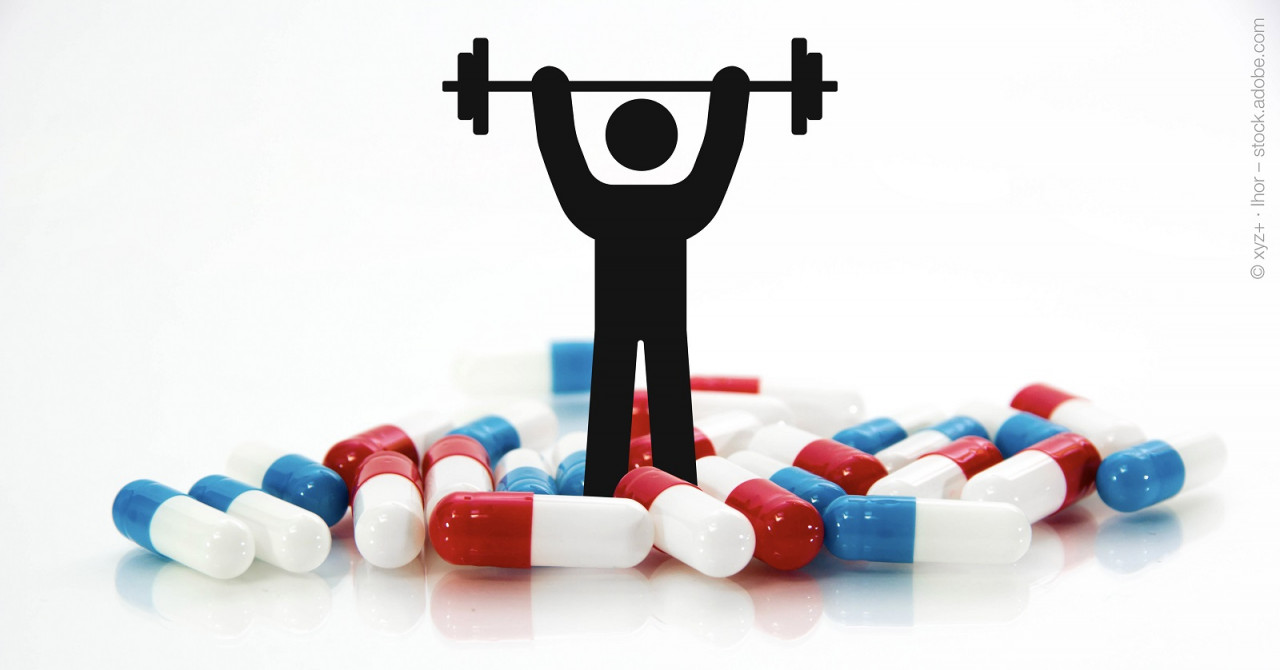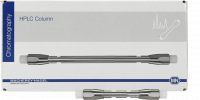UHPLC analysis of doping agents
Since the introduction of doping controls by the IOC in 1968, there have been no games in which athletes have not been convicted of taking banned substances to enhance their performance - either during the games or later, with the medals subsequently being revoked.
In Tokyo 2021, for example, athletes have already been excluded from current competitions after positive doping results. This week the anabolic steroid metandienone and the hormone modulator tamoxifen were detected in the A sample of an athlete in the shot put discipline(1).
Metandienone is a synthetic derivative of testosterone(2). Because of its high potency and easy availability, the steroid is still commonly used by bodybuilders or weightlifters to increase strength and performance(3).
The triphenylethylene derivative tamoxifen is pharmacologically used in the therapy(4) and prevention(5) of breast cancer. In competitive sports, tamoxifen is misused as a doping agent to suppress the enlargement of the male mammary gland (gynecomastia) that often occurs with anabolic steroids consumption. In addition, the substance increases the body's own testosterone production(6).

Both compounds can be separated on the UHPLC column NUCLEODUR C18 Pyramid from MACHEREY-NAGEL and detected by LC/MS. The column is filled with highly spherical 1.8 micron polar end-capped C18 silica, which enables the use of up to 100% aqueous mobile phases without performance loss(7).
Access to application: Analysis of anabolics by ultra-fast HPLC with LC-MS detection
References:
(1) https://www.reuters.com/lifestyle/sports/georgian-shot-putter-provisionally-banned-after-failing-doping-test-2021-08-03/
(2) Elks J (14 November 2014). The Dictionary of Drugs: Chemical Data: Chemical Data, Structures and Bibliographies. Springer. pp. 781–. ISBN 978-1-4757-2085-3.(3) Llewellyn W (2011). Anabolics. Molecular Nutrition Llc. pp.444–454, 533.ISBN 978-0-9828280-1-4.
(4) Jordan VC (October 1993). "Fourteenth Gaddum Memorial Lecture. A current view of tamoxifen for the treatment and prevention of breast cancer". British Journal of Pharmacology.
110 (2): 507–17.
(5) Center for Drug Evaluation and Research (July 7, 2005). "Tamoxifen Information: reducing the incidence of breast cancer in women at high risk". U.S. Food and Drug Administration. Archived from the original on June 19, 2007. Retrieved July 3,2007.
(6) D. J. Handelsman: Clinical review: The rationale for banning human chorionic gonadotropin and estrogen blockers in sport. In: J. Clin. Endocrinol. Metab. Band 91, Nr. 5, Mai 2006, S. 1646–1653
(7) A. Thomas, M. Thevis, W.Schänzer, Center for Preventive Doping Research, Institute of Biochemistry, German Sport University Cologne, Germany 2011.


